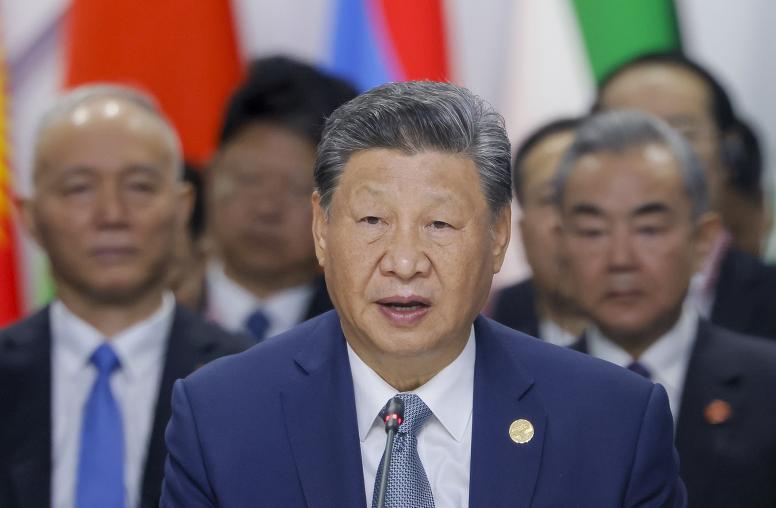China’s Belt and Road Initiative at Year Six
Still the “Project of the Century”?
China will host its second Belt and Road Forum in Beijing on April 26-27, two years after hosting its inaugural forum that was attended by dozens of world leaders and put a spotlight on Beijing’s massive signature initiative and its global leadership ambitions. Now in its sixth year, China’s Belt and Road Initiative (BRI)—which Chinese President Xi Jinping has called the “project of the century”—has been welcomed by countries seeking Chinese investment and loans. But it has also raised significant concerns about the sustainability of and intentions behind the initiative. On April 25, the U.S. Institute of Peace held a conference that looked at the impact of China’s signature connectivity initiative on peace and security.
Six years after its inception in 2013, BRI has become a major global force. But it has also sparked a reexamination of the unique model that differentiates BRI from other infrastructure connectivity initiatives, in ways both positive and negative.
China portrays BRI as an effort to expand regional connectivity by building infrastructure, creating digital linkages, and facilitating trade flows. Beijing has dedicated hundreds of billions of dollars to the scheme, which is meant to help fill a yawning infrastructure gap in Asia and beyond. Critics, especially in Washington, believe that BRI’s primary purpose is to expand Chinese influence at the expense of its partners.
BRI projects often move fast, circumventing the traditional international development model and ignoring safeguards on debt sustainability, local employment, anti-corruption, and the environment. Many BRI projects also lack transparency, and have been reevaluated when governments change hands.
This conference featured two panels: The first discussed cross-regional trends and concerns about BRI, alternatives to the Chinese model of investment and development, and strategies for increasing the sustainability of international development efforts. The second panel examined the on-the-ground impact of BRI in South Asia, Southeast Asia, and Africa and implications for conflict dynamics in these regions. Take part in the conference on Twitter with #BRI.
Agenda
Opening Remarks - Jennifer Staats, Director, East and Southeast Asia Programs, U.S. Institute of Peace
1:30pm – 3:00pm - Panel 1: Toward High-Quality Projects: Comparing BRI’s Implementation to Global Standards
- Samantha Custer
Director of Policy Analysis, AidData - Scott Morris
Senior Fellow and Director of the U.S. Development Policy Initiative, Center for Global Development - Pauline Muchina
Public Education and Advocacy Coordinator, Africa Region, American Friends Service Committee - Fei Yu
Deputy Representative, North American Representative Office of the Asian Development Bank - Patricia Kim, moderator
Senior Policy Analyst, China Program, U.S. Institute of Peace
3:15pm – 4:45pm - Panel 2: BRI’s Impact on Local and Regional Dynamics: Force for Stability or Driver of Conflict?
- Brian Harding
Deputy Director and Fellow, Southeast Asia Program, Center for Strategic and International Studies - Khin Khin Kyaw Kyee (via Skype)
Lead Researcher, Institute for Strategy and Policy – Myanmar - Paul Nantulya
Research Associate, Africa Center for Strategic Studies - Andrew Small
Senior Transatlantic Fellow, Asia Program, German Marshall Fund of the United States - Jacob Stokes, moderator
Senior Policy Analyst, China Program, U.S. Institute of Peace



